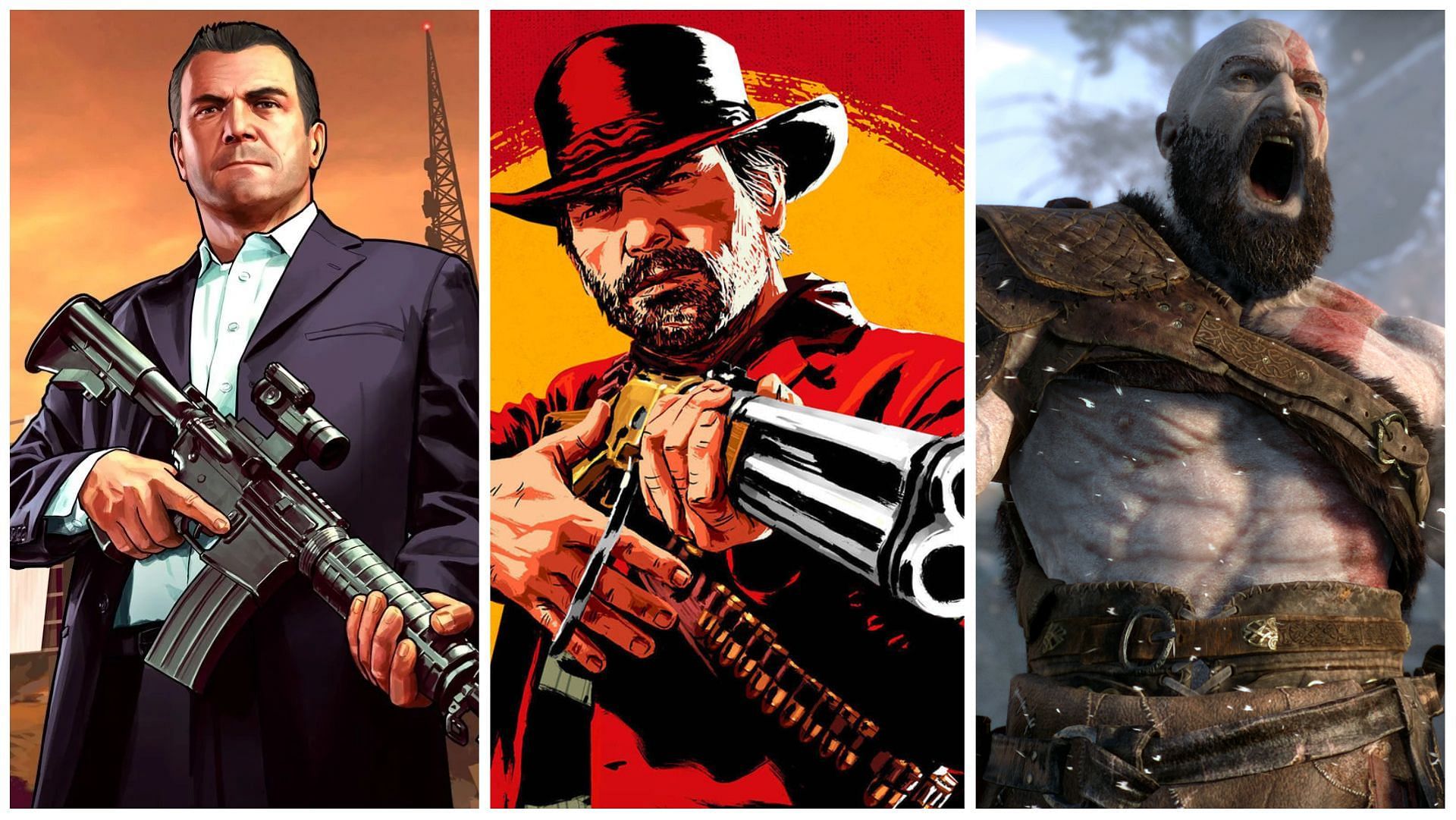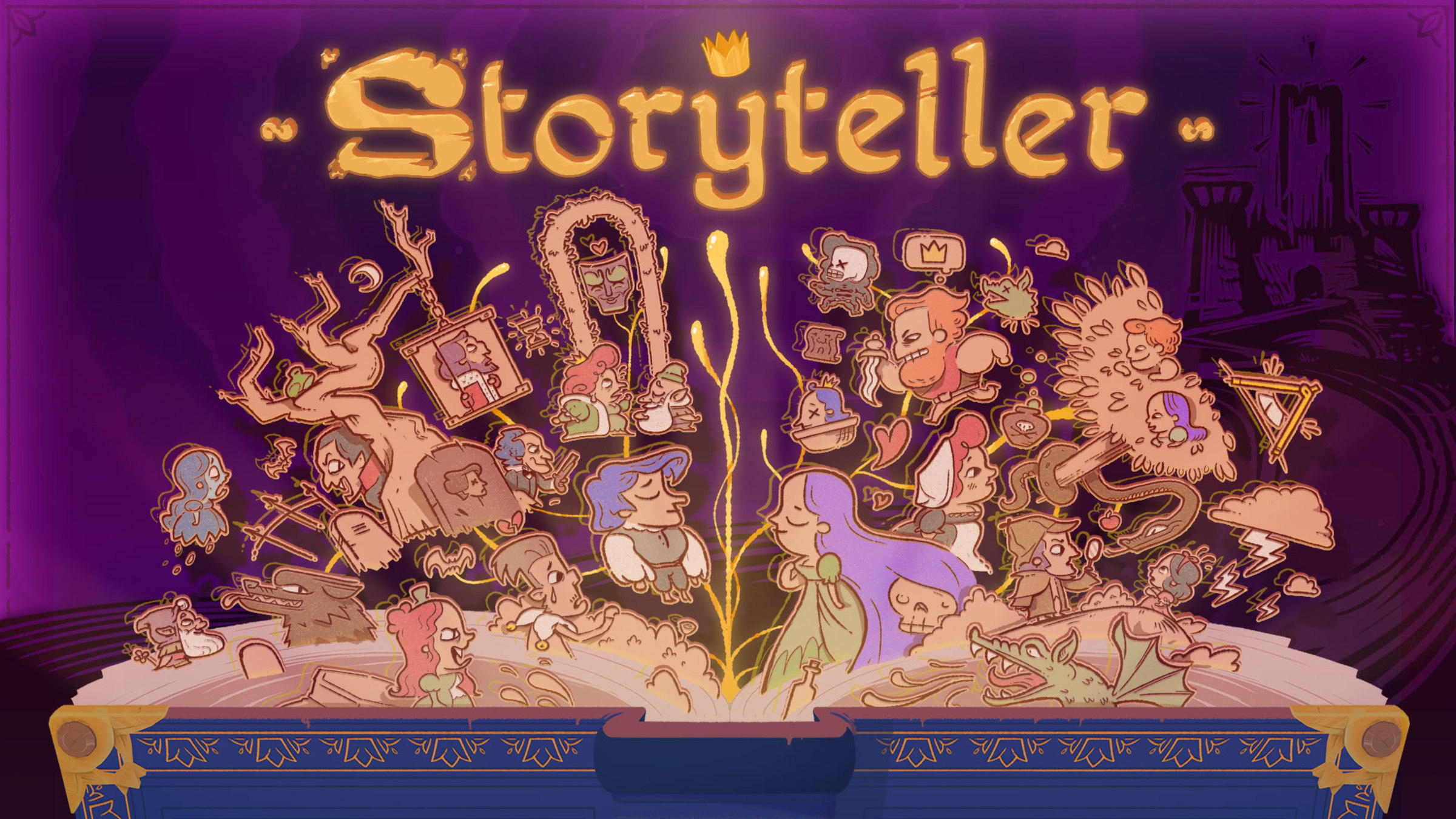Beyond Pixels and Polygons: Animated Games Elevating Storytelling to New Heights
For years, the term "video game" conjured images of pixelated plumbers jumping across platforms or stoic soldiers mowing down waves of enemies. While these experiences undoubtedly hold a special place in gaming history, a new breed of games has emerged, pushing the boundaries of storytelling and visual artistry. These are animated games, experiences that utilize vibrant animation styles, compelling characters, and intricate narratives to captivate players and leave a lasting impact.
No longer simply a visual aesthetic, animation in games has become a powerful tool for conveying emotion, building worlds, and exploring complex themes. From hand-drawn masterpieces to meticulously crafted 3D animations, these games are proving that interactive entertainment can be a powerful medium for delivering stories that resonate with players on a deeply personal level.
The Rise of Animation as a Storytelling Force
The journey of animation in games wasn’t always a smooth one. Early games were limited by technological constraints, forcing developers to rely on simple sprites and rudimentary animations. However, as technology advanced, so did the ambition and artistry of game developers.
The late 90s and early 2000s saw the rise of cel-shaded games like Jet Set Radio and The Legend of Zelda: The Wind Waker. These games demonstrated that animation could be used to create visually distinct and memorable worlds, paving the way for more ambitious projects.
Today, animated games encompass a diverse range of styles and genres. We see hand-drawn adventures, stop-motion inspired narratives, and stunning 3D animated worlds. This diversity allows developers to choose the animation style that best complements their story, enhancing the overall impact of the game.
Key Elements That Make Animated Games Shine:
Several key elements contribute to the success of animated games as storytelling vehicles:
- Visual Storytelling: Animation is inherently a visual medium, allowing developers to communicate narratives through character expressions, environmental details, and dynamic action sequences. A simple glance, a subtle gesture, or a meticulously animated environment can convey a wealth of information, enriching the player’s understanding of the story.
- Character Depth and Empathy: Animation allows for nuanced character design and performance. Developers can create characters with distinct personalities, expressive faces, and believable movements. This level of detail fosters a deeper connection between the player and the characters, making their struggles and triumphs all the more meaningful.
- World-Building and Immersion: Animated games often create fantastical and imaginative worlds that are brought to life with vibrant colors, intricate details, and dynamic animation. This allows players to fully immerse themselves in the game world, exploring its secrets and uncovering its history.
- Emotional Resonance: Animation can be incredibly effective at conveying a wide range of emotions. From heartwarming moments of friendship to heart-wrenching scenes of loss, animated games can evoke powerful emotional responses from players, leaving a lasting impact long after the game is finished.
- Unique Aesthetic and Style: The use of specific animation styles like hand-drawn, stop-motion, or cel-shading gives each game a unique visual identity. This allows developers to create a distinct and memorable experience that sets their game apart from the competition.
Notable Examples of Animated Games with Rich Storytelling:
Several animated games stand out as shining examples of how animation can be used to elevate storytelling to new heights:
- Hollow Knight: This Metroidvania masterpiece features a stunning hand-drawn art style and a hauntingly beautiful score. The story unfolds gradually as players explore the decaying kingdom of Hallownest, uncovering its secrets and learning about the tragic events that led to its downfall. The game’s minimalist dialogue and reliance on visual storytelling create a sense of mystery and intrigue, drawing players deeper into its world.
- Cuphead: Inspired by 1930s cartoons, Cuphead boasts a unique and challenging gameplay experience. But beyond its demanding boss battles lies a surprisingly engaging story about two brothers who make a deal with the Devil. The game’s charming visuals and quirky characters add a layer of levity to its darker themes, creating a memorable and rewarding experience.
- Ni no Kuni: Wrath of the White Witch: Developed in collaboration with Studio Ghibli, Ni no Kuni is a visually stunning JRPG that tells a heartwarming story about a young boy who embarks on a magical journey to save his mother. The game’s beautiful animation, charming characters, and emotionally resonant narrative make it a truly unforgettable experience.
- Disco Elysium: While not strictly "animated" in the traditional sense, Disco Elysium utilizes a unique painted art style that gives its characters and world a distinctive and expressive look. The game’s complex narrative, branching dialogue options, and morally ambiguous characters create a truly immersive and thought-provoking experience.
- Ori and the Blind Forest/Ori and the Will of the Wisps: These games are visual masterpieces, featuring breathtaking hand-drawn environments and fluid animation. The stories are deeply emotional, exploring themes of loss, sacrifice, and the power of hope. The games’ stunning visuals and emotionally resonant narratives make them unforgettable experiences.
- Don’t Starve: With a distinctive gothic art style, Don’t Starve offers a unique survival experience. Its creepy and endearing characters, combined with a darkly humorous narrative, create a compelling world where players must constantly struggle to survive against the odds. The game’s distinct aesthetic and challenging gameplay make it a cult classic.
- Night in the Woods: This narrative-driven adventure game features a charming cast of anthropomorphic characters and a poignant story about mental health, small-town life, and the struggles of adulthood. The game’s relatable characters, witty dialogue, and thought-provoking themes make it a truly special and memorable experience.
The Future of Animated Games:
The future of animated games looks brighter than ever. As technology continues to advance, developers will have even more tools at their disposal to create visually stunning and emotionally resonant experiences. We can expect to see even more innovative animation styles, more complex narratives, and more immersive worlds in the years to come.
Furthermore, the growing popularity of indie games has created a space for smaller studios to experiment with unique animation styles and storytelling approaches. These indie developers are pushing the boundaries of what’s possible in animated games, creating experiences that are both visually stunning and emotionally impactful.
Conclusion:
Animated games are more than just pretty pictures. They are a powerful medium for storytelling, capable of conveying complex emotions, building immersive worlds, and fostering deep connections between players and characters. As technology advances and the creative vision of game developers continues to evolve, we can expect to see even more incredible animated games that push the boundaries of interactive entertainment and leave a lasting impact on the gaming landscape. They represent a vibrant and evolving art form, proving that animation can be a powerful tool for crafting meaningful and unforgettable gaming experiences. The future of gaming is undoubtedly looking more colorful, expressive, and emotionally resonant thanks to the power of animation.


